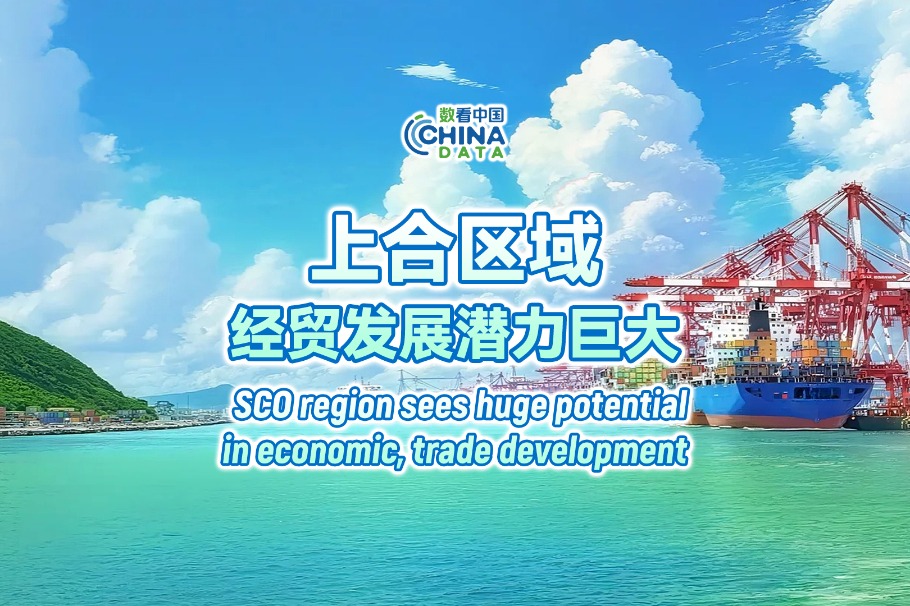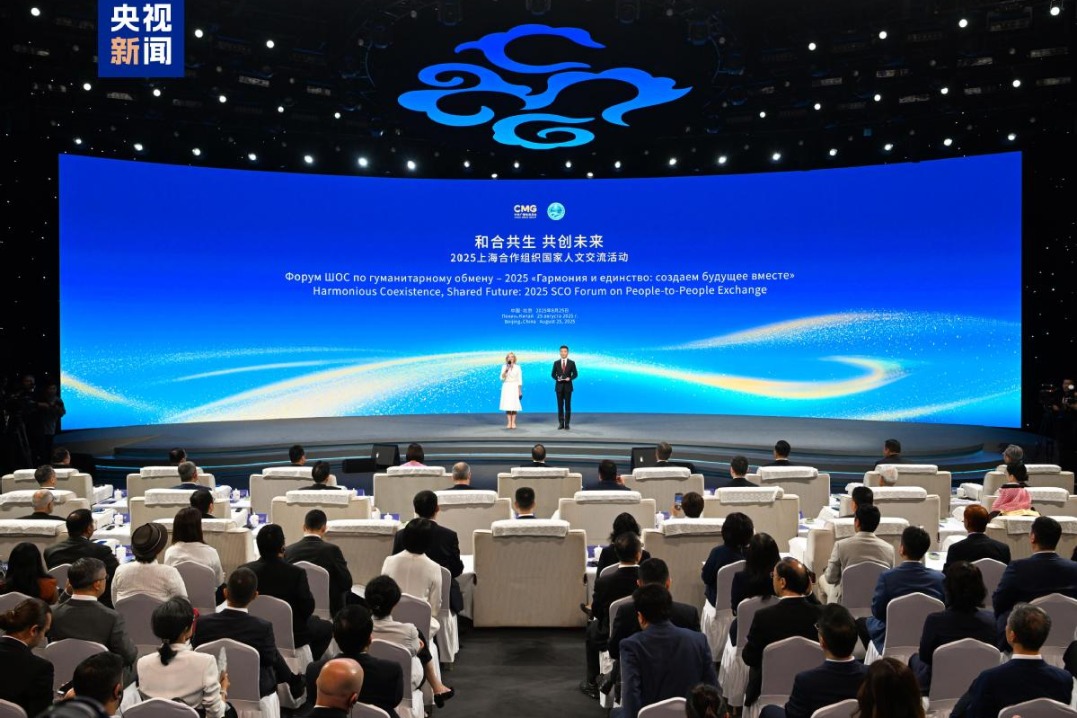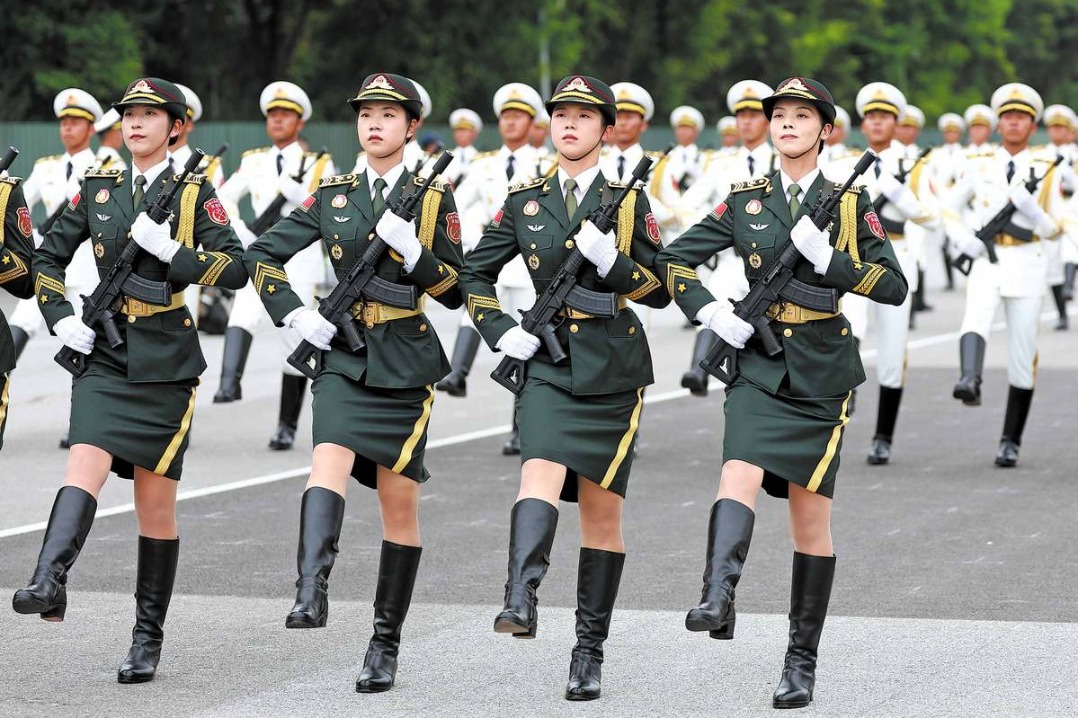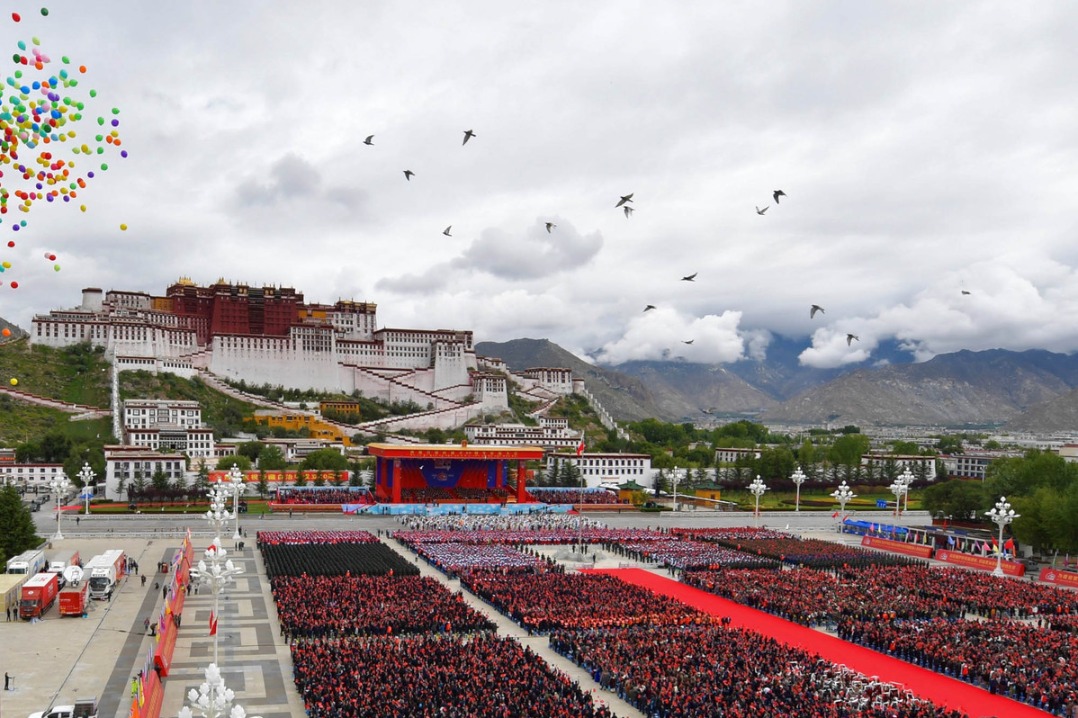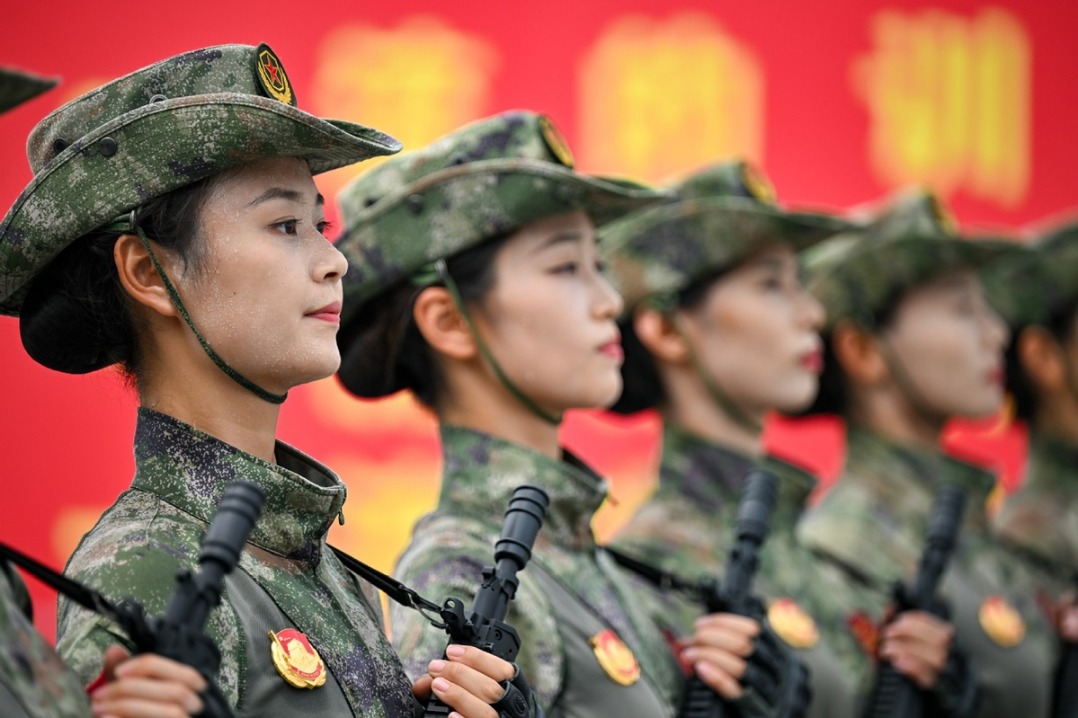Race to be the 5G winner


China is gaining first-mover advantages and the US is not happy about that
There is a race between the United States and China to utilize 5G in supply chains, payments, autonomous cars, robotics, mass delivery of goods, entertainment, high frequency trading and smart cities. So far, China has dominated in all of these and the US is struggling to catch up.
Almost 70 percent of the world's 5G activity is currently in China. Huawei has an 80-percent share of the world's 5G towers. This infrastructure has already been rolled out in 50 cities and will be in more than 350 cities by year's end. Alibaba is racing ahead in smart city connectivity. Tencent, Ping An and JD are utilizing it in myriad ways. During the COVID-19 pandemic, China used 5G in hospital equipment, food delivery, telemedicine, driverless sanitation vans and remote controlled ultrasound.
Beijing is spending $25 billion alone in 2020 and will have 600,000 base stations by year-end. China's 5G rollout is designed as a comprehensive industrial rollout-to connect supply chains, autonomous vehicles, urban planning, finance and biotech, among other things. The country's industrial policy is real and effective. Another word for this is governance. This is not in style with current US ideological preferences.
On the US corporate side, there's a mad rush to catch up with Verizon, CISCO and ATT eying Nokia and Erickson. (The US government even publicly discussed taking a stake in one of the two companies.) But the 5G rollout in the US is largely designed as a consumer smartphone rollout, not the industrial modernization we're seeing in China. There are serious doubts about the viability of 5G as a consumer product. How much will people pay for clearer and faster pictures? 5G infrastructure is not cheap. All forms of infrastructure redevelopment must be based on economies of scale, which are only achieved through industrial interconnection. A nationwide digital foundation is currently being built in China and being systematically ignored in the US.
In Europe, data security has become a key issue for the eurozone. So has the rapid implementation of 5G. There is a clear preference for Huawei, but the US is not permitting NATO allies to buy accessible Chinese technology nor offering a viable alternative of its own. The hodge-podge of barely finished 5G solutions currently coming out of Europe and the US is difficult and expensive to integrate into a plug and play system. So far, only Huawei has succeeded in getting to the industrial "last mile connectivity".
The "Amazon moment" for telecom is currently in the hands of Huawei. The US finds this unacceptable. So 5G is now at the core of the US-China trade war. Why? He who gets 5G first has the high ground and becomes the vendor of first choice. In 2006, the US pioneered 4G networking. Facebook, Uber and Snapchat were built because of it. They built global empires. In 2020, China is dominating 5G. Its companies-Alibaba, Ping An, Baidu, TikTok, Byte-dance and Tencent-now have first mover advantage. He who makes the infrastructure becomes its vendor, developer and distributor. The first in the bread line is the developing world.
Why is the US at odds with itself on 5G? There is no 5G czar. The Pentagon does not want to surrender spectrum to civilians. Trump is in a digital food fight with Google and Amazon for political reasons. While moments of crisis need experienced and astute leadership, moments of transformation need young and innovative energy.
There is a problem here: Millennials don't last in the Fortune 100. They are deeply anxious and are treated as Power-Point errand boys and girls in cookie cutter cubicles. The Fortune 100 needs to overhaul its ethical understanding of consumers, employee treatment and community impact. US 5G can only come from millennials-not the "C-suite" executives.
I worked in Ronald Reagan National Security Council in 1984-none of this is new. Export controls then were designed to keep the Soviet Union from getting valuable NATO technology. Export controls now are designed to keep NATO allies from getting valuable Chinese technology.
The author is founder of Schulte Research in Singapore, a professor of practice at Zhejiang University International Business School and author of The Race for 5G Supremacy. The author contributed this article to China Watch, a think tank powered by China Daily. The views do not necessarily reflect those of China Daily.

















